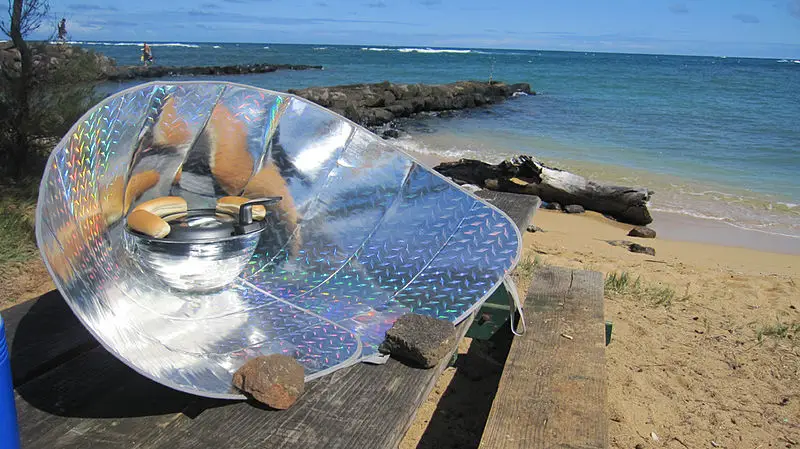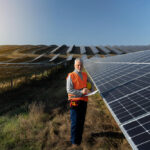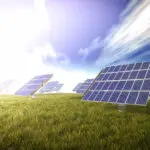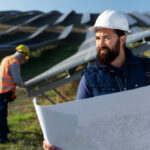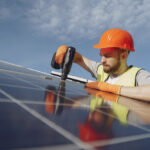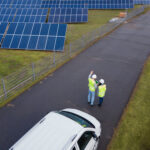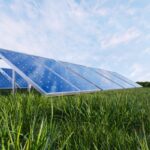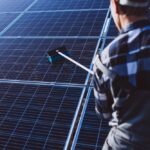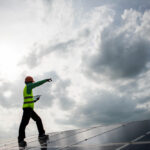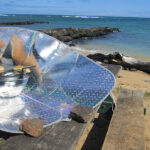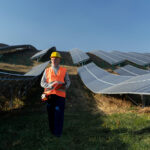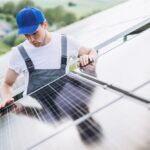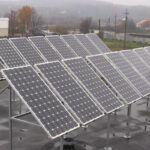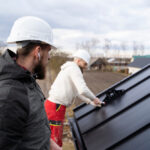In today’s world, where environmental sustainability is a top priority, solar energy has become a popular alternative to conventional power sources. And now, with the advent of solar cookers, you can harness the power of the sun to cook your meals, while reducing your carbon footprint. Solar cookers are an eco-friendly and cost-effective way to prepare food using the sun’s energy. In this blog post, we’ll take a deep dive into the different types of solar cookers available, their unique features, and how they can help you save on energy bills. So, whether you’re a camping enthusiast or a home cook looking to reduce your reliance on non-renewable energy sources, read on to discover how you can cook with the power of the sun.
Types of Solar Cookers
Box Solar Cookers
Box cookers are the most common type of solar cookers in the market. They are made up of an insulated box with a transparent lid that lets in sunlight. Inside the box, there is a metal or plastic container that holds the food. The box is lined with a reflective material such as aluminum foil, which helps to concentrate sunlight and heat the food inside.
Advantages:
- They are easy to build and use.
- They can cook a variety of food.
- They can retain heat for an extended period, allowing you to cook even when the sun is not out.
- They are affordable and cost-effective.
Disadvantages:
- They are not suitable for cooking in windy conditions.
- They require frequent adjustments to follow the sun’s movement.
- They are not suitable for high-temperature cooking.
Panel Solar Cookers
Panel cookers are another type of solar cooker that is easy to construct and use. They consist of a flat, reflective surface that is curved to form a parabolic shape. The curved surface is covered with a transparent material that allows sunlight to pass through and heat the food placed in the center.
Advantages:
- They are easy to construct and use.
- They can cook food quickly and efficiently.
- They are suitable for high-temperature cooking.
Disadvantages:
- They require frequent adjustments to follow the sun’s movement.
- They are not suitable for cooking in windy conditions.
- They can only cook one type of food at a time.
Solar Kettles
Solar kettles are designed for boiling water or making tea. They are made up of a reflective surface that concentrates sunlight on a container of water. The container is usually made of glass or plastic, allowing you to see the water as it boils.
Advantages:
- They are easy to use and clean.
- They can boil water quickly and efficiently.
- They are suitable for camping and outdoor activities.
Disadvantages:
- They are not suitable for cooking food.
- They require frequent adjustments to follow the sun’s movement.
- They are not suitable for use in windy conditions.
Parabolic Solar Cookers
Parabolic solar cookers are designed to concentrate sunlight onto a single focal point, where the food is placed. They are made up of a curved reflective surface that resembles a satellite dish. The dish is designed to track the sun’s movement and focus sunlight onto the food, which is placed in a pot or pan at the focal point.
Advantages:
- They can cook food quickly and efficiently.
- They are suitable for high-temperature cooking.
- They can be used to fry or sauté food.
Disadvantages:
- They require frequent adjustments to follow the sun’s movement.
- They are not suitable for cooking in windy conditions.
- They are relatively expensive compared to other types of solar cookers.
Hybrid Solar Cookers
Hybrid solar cookers combine solar energy with other sources of energy, such as electricity or gas. They are designed to work with solar energy when it is available and switch to other sources when sunlight is not available. Hybrid solar cookers are ideal for areas with unreliable or insufficient sunlight.
Advantages:
- They can cook food efficiently using different sources of energy.
- They are suitable for cooking in areas with unreliable or insufficient sunlight.
- They are versatile and can cook different types of food
Disadvantages:
- They are relatively expensive compared to other types of solar cookers.
- They require electricity or gas as backup sources of energy.
- They may require more maintenance compared to other types of solar cookers.
Fresnel Solar Cookers
Fresnel solar cookers are designed to focus sunlight onto a cooking surface. They are made up of a Fresnel lens that concentrates sunlight onto a cooking surface. The cooking surface can be a pot or pan, and the food is cooked using concentrated heat.
Advantages:
- They can cook food quickly and efficiently.
- They are suitable for high-temperature cooking.
- They are portable and easy to use.
Disadvantages:
- They require frequent adjustments to follow the sun’s movement.
- They are not suitable for cooking in windy conditions.
- They are relatively expensive compared to other types of solar cookers.
How Do Solar Cookers Work?
Solar cookers is an effective way to use solar energy at home. They capture and concentrate sunlight to produce heat. They are made up of reflective surfaces that focus sunlight onto a cooking surface. The cooking surface can be a pot, pan, or kettle, and the food is cooked using concentrated heat.
Solar cookers require direct sunlight to work effectively. They should be positioned in an area with no obstructions that can block sunlight. The cookers should also be adjusted frequently to follow the sun’s movement and maintain the optimal angle for capturing sunlight.
Advantages of Solar Cookers
- Solar cookers are environmentally friendly and use renewable energy sources.
- Solar cookers are cost-effective and require no fuel or electricity to operate.
- Solar cookers are safe to use and reduce the risk of fire or burns.
- Solar cookers promote energy independence and reduce reliance on non-renewable energy sources.
- Solar cookers can be made at home with ease. Read easy homemade solar cooker ideas.
Disadvantages of Solar Cookers
- Solar cookers require direct sunlight to work effectively and are not suitable for areas with insufficient sunlight.
- Solar cookers require frequent adjustments to follow the sun’s movement and maintain optimal heat.
- Solar cookers may take longer to cook food compared to conventional cooking methods.
- Some types of solar cookers may not be suitable for high-temperature cooking or cooking specific types of food.
Conclusion
Solar cookers are an innovative and environmentally-friendly way of cooking food using solar energy. They come in various types and designs including portable solar cookers each with unique features and functionalities. The choice of solar cooker depends on the user’s needs, budget, and available sunlight. Solar cookers offer numerous advantages such as energy independence, environmental sustainability, and cost-effectiveness. However, they require direct sunlight, frequent adjustments, and may take longer to cook food. Solar cookers are an excellent option for anyone looking to reduce their carbon footprint and promote sustainable living.

